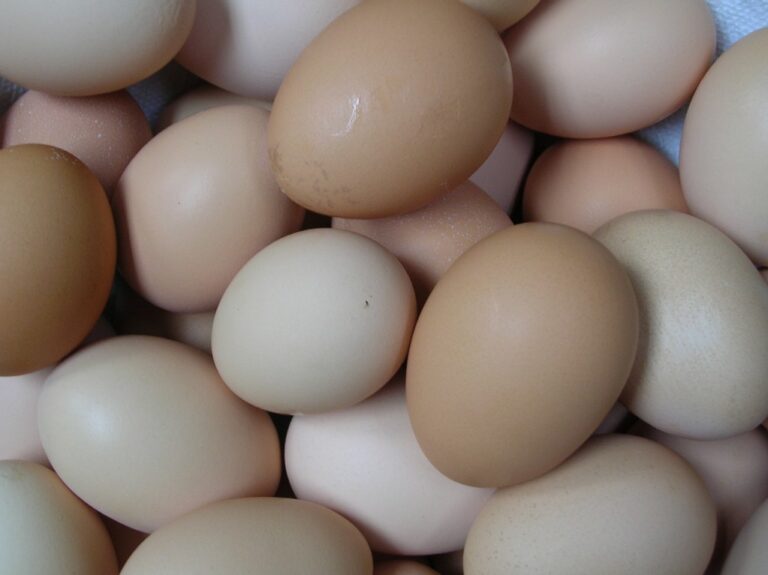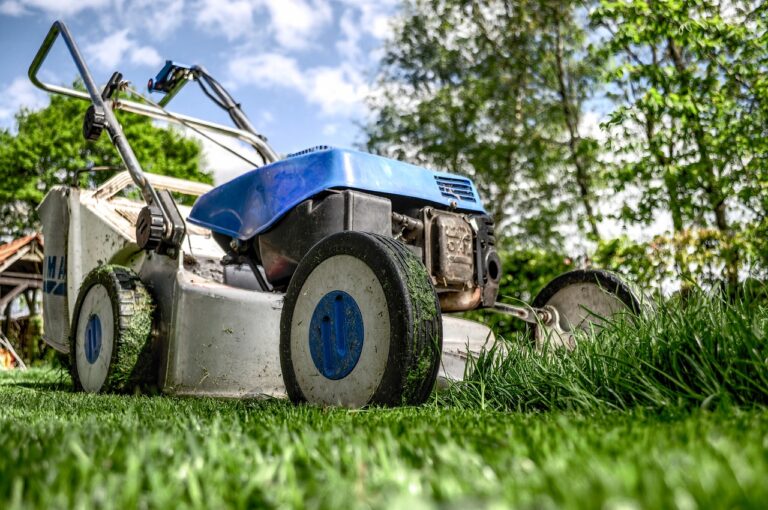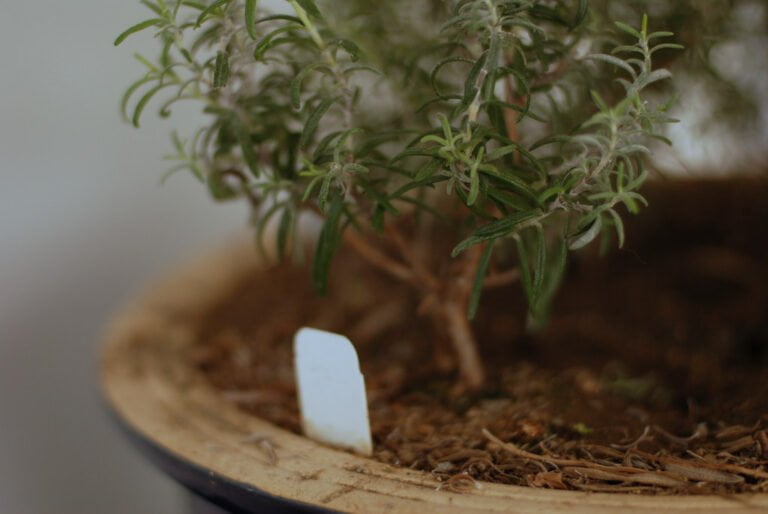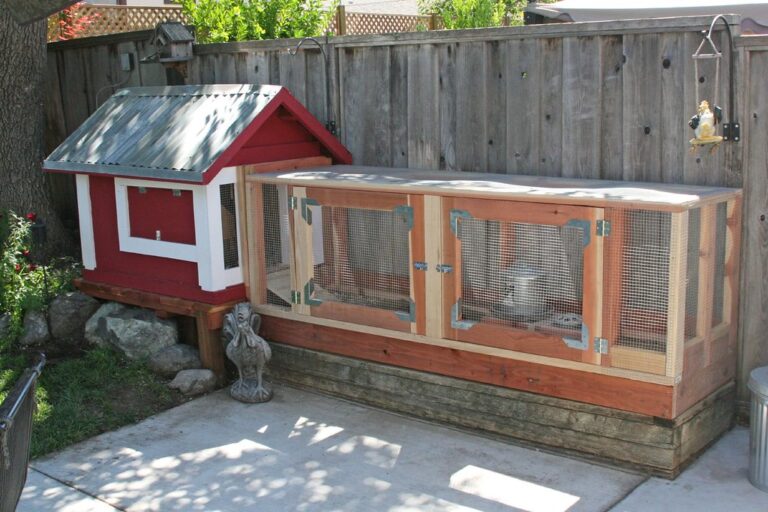The Comprehensive Guide to Growing Ghost Peppers at Home
Growing ghost peppers at home demands precision. Start indoors, 8-12 weeks pre-spring frost. Plant in well-draining soil, keep moist. Germinate at 80°F. Intense light for sturdy stems. Transplant seedlings as they grow. Maintain 75°F for ideal growth. Use fluorescent bulbs indoors. Water carefully, no waterlogging. Fertilize for nutrients. High humidity at 75°F. Harvest ripe red, wrinkled peppers with gloves. Store in the fridge. Monitor temperature for seed germination. Harden off before outdoors. Fertilize regularly, water properly. Full sun for 6 hours daily. Use well-draining soil. Master these steps for flourishing ghost peppers at home.
Planting Ghost Peppers
When starting to plant ghost peppers, it is important to begin the process indoors 8-12 weeks before the last spring frost for best growth. Ghost pepper seeds should be sown in well-draining soil, about ¼ inch deep, and kept consistently moist but not waterlogged. Maintaining a constant soil temperature of around 80°F is vital for successful germination. Once the seeds have sprouted, provide ample light to promote sturdy stem development.
During the growing season, ghost pepper plants need at least 6 hours of direct sunlight daily. If natural light is insufficient, supplement with grow lights to make certain of proper growth. Watering regimes should be monitored carefully, allowing the top 2 inches of soil to dry out before watering again to prevent overwatering. Indoor planting allows for better control over these conditions.
As the seedlings mature, transplant them into larger containers to accommodate their root systems. When the nighttime temperatures remain consistently above 60°F, the plants can be gradually acclimated to the outdoors. Select a sunny site with loamy, slightly acidic soil for best growth. Spacing the plants 2-3 feet apart allows for proper air circulation and reduces the risk of diseases.
Harvesting ghost peppers can be done once the fruits have reached their full mature color. Regularly prune the plants to encourage new growth and higher yields. By starting indoors, you can ensure a strong and healthy pepper plant for a bountiful harvest.
Providing Optimal Growing Conditions
For ideal growth of ghost peppers, maintaining a consistent temperature around 75°F is essential. Ghost peppers thrive in warm conditions, and this temperature range provides the perfect environment for their development. When starting from seeds, it is crucial to note that germination typically takes around 35 days in warm soil. To support growth indoors, using full-spectrum fluorescent light bulbs can help maintain the right temperature and humidity levels necessary for healthy plants.
Watering and fertilization are key components of caring for ghost pepper plants. Ensuring that the plants receive an ample amount of water without becoming waterlogged is vital. Additionally, providing a balanced fertilizer at the right intervals will supply the necessary nutrients for robust growth.
For those looking to cultivate ghost peppers at home, growing them indoors or in a greenhouse is highly recommended. These controlled environments allow for easier regulation of temperature, humidity, and light exposure, all of which are crucial for the success of ghost pepper plants. By creating the perfect conditions for these spicy peppers, you can enjoy a bountiful harvest of flavorful and fiery fruits.
Caring for Ghost Pepper Plants
To effectively care for ghost pepper plants, understanding their specific needs regarding humidity, temperature, watering, fertilization, and sensitivity to various environmental factors is essential. Ghost pepper plants thrive in high humidity levels, akin to their native environment in India. Maintaining a consistent temperature around 75 degrees F (24 C) is crucial for their growth, whether indoors or in a greenhouse.
Proper watering and fertilization schedules are necessary for healthy growth and ideal fruit production in ghost pepper plants. However, it’s important to note that these plants are sensitive to over-fertilization, temperature fluctuations, and environmental stressors. Careful attention must be given to avoid these pitfalls.
When handling ghost peppers, especially during harvesting, wearing gloves is an indispensable safety measure. The intense spiciness of the fruit can cause burns, making gloves a must-have protective gear.
Harvesting Ghost Peppers
Harvesting ghost peppers requires careful attention to their ripeness and proper handling techniques to avoid skin irritation. When the ghost peppers turn red and slightly wrinkled, they are at their peak ripeness, offering ideal flavor for culinary use. To guarantee a successful harvest, follow these key guidelines:
- Use Gloves: When harvesting ghost peppers, it is essential to wear gloves to protect your skin from irritation caused by capsaicin, the compound responsible for the peppers’ heat.
- Cut with Care: Use a sharp knife to cut the ghost peppers from the plant, leaving about an inch of stem attached. This stem helps in storing the peppers and prevents them from spoiling quickly.
- Take Precautions: Handle ghost peppers with caution to avoid burns. After harvesting, wash your hands thoroughly with soap and water. Avoid touching your face or eyes to prevent discomfort or injury.
After harvesting, store the ghost peppers in the refrigerator for short-term use, typically up to a week. For long-term preservation, consider drying the peppers. By following proper harvesting techniques and taking necessary precautions, you can enjoy the flavorful heat of ghost peppers without any unwanted skin irritation or burns.
Propagation and Maintenance
Regularly monitoring the temperature and providing consistent warmth is vital for successful propagation of ghost pepper seeds. Ghost pepper seeds typically germinate within 2-4 weeks when kept at a steady temperature range of 80-90F. Once the seedlings have developed true leaves and are ready for transplanting, make sure that all risks of frost have passed. Prior to moving them outdoors, it is essential to harden off the plants gradually to acclimate them to the outdoor conditions.
For the maintenance of ghost pepper plants, regular fertilization and adherence to a proper watering schedule are paramount. These practices are fundamental for ensuring healthy growth and robust fruit development. Ghost peppers are sun-loving plants and thrive best when exposed to full sun for at least 6 hours daily, whether they are grown indoors, in a greenhouse, or outdoors. Additionally, preparing the soil with a well-draining organic potting mix is essential for the successful propagation and maintenance of ghost pepper plants. This guarantees that the plants receive adequate nutrients and that excess water does not accumulate around the roots, which could lead to issues like root rot. By following these guidelines, you can cultivate thriving ghost pepper plants at home, whether you choose to grow them indoors or outdoors.






